The question was, “what is it?” People often bring plants to foraging classes for identification. It was soft ball size, melon light green, was found in a field. The answer is Citron Melon of some persuasion. Is it edible? Yes and no. It depends on how bitter it is, where you live, and how much time you want or must invest in eating it.
Because they are most often seen in citrus groves locally it is assumed citrus came first and the melons second. It’s the the opposite way: The melons were here first used for their pectin content or as preserves. To read more about the Citrus Melon go here. To read about the aromatic Dudaim Melon click here.
If the rainy season arrives all at once nearly everywhere then mushrooms pop up all over the state nearly everywhere. As it is my little area has been dry and is only beginning to see any fungal activity. However I had classes in Gainesville and Ocala this week and the mushrooms were happy.
Two very distinct edible mushroom were found in the same area and not far apart. The more stunning is the Blue Lactarius, Lactarius indigo. Blue mushrooms are not that common but there are enough of them. This particular mushroom is, as the name says, a Lactarius. When the gills are broken on a fresh Lactarius specimen it will weep a liquid, often milky, sometime yellow or watery. This particular mushroom weeps a blue liquid. Add the funnel shape and the concentric rings on the cap and the Blue Lactarius is a pretty find and easy to identify. We also saw a lot of buff to yellow L. hygrophorides, which are edible, but no L. luteolus which is edible but smells like dead fish.
As distinct but in a different way was the Old Man of the Woods, Strobilomyces floccopus. There are a few variations but they are all edible. They are in a group of mushrooms called Boletes. These are distinctive in that they do not have gills but rather pores on the underside. The saving grace is that unless you are already sick none of them are deadly nor cause lasting organ damage. I know people who when they find a Bolete rub it to see if it turns blue, if not they taste a little. If it is not bitter it goes home for possible consumption. that braver than I. In Europe most of the Boletes are edible, in North America most are not, and in The South if not Florida most are unidentified.
Also seen several time this weekend in the Gainesville/Ocala were chanterelles. Near where I live they are just little buds but in the northern (and wetter) area of the state we saw chanterelles several times, and in this report all under oaks. However, they can be found with pines and in a mixed forest. What helps make chanterelles relatively easy to identify is they don’t have true gills but rather folds. There are a few varieties locally but you do have to make sure you don’t confuse them with the similar colored Jack O’Lanterns, which are toxic. Chanterelles are gold on the outside, whitish on the inside. Jack’s are gold on the outside and gold inside (fresh Jacks also faintly glow in the dark. I have seen them do it thus I know it to be true.)
Not all ticks are created equal. I encounter a lot of insects stomping around the woods and teaching. Wasps and fire ants are immediate problems. Spiders rarely are an issue. And I try to make a lot of noise and use my stick ahead of me and over logs to warn off snakes. But I have been bitten by ticks three times in three years.
Last year and the year before I found — despite careful checking — a deer tick attached. They can carry Lyme’s Disease so I went though the minor and inexpensive round of antibiotics each time. This weekend it was different: It was a Lone Star Tick. It does not carry Lyme’s so that’s good. It does carry a lesser array of diseases but apparently they are all manageable to varying degrees. But it does have one liability: It can make you allergic to red meat. During the tick’s feeding it gives you a sugar, a long complex carbohydrate name shortened to Alpha-gal It is a sugar that stimulates your body to make an antibody. That sugar is found in red meat such as beef, lamb, pork, rabbit, goat, venison, and in cheese and butter and lard and gelatin. Thus when you eat any of those foods you can have an allergic reaction including shock and death. The allergy can be for months, years, or life. So for the next few weeks I have to eat carefully such as bacon for breakfast so if I have an attack it will be in the afternoon where there are people about and hospitals nearby. If I am taking a 10-mile hike on a mountain trail bacon for breakfast could be a death sentence. As the tick was still drilling rather than vampiring I am hopeful there is lamb in this Greek’s future.
Upcoming foraging classes:
Saturday, August 1st, Wickham Park: 2500 Parkway Drive, Melbourne, FL 32935-2335, 9 a.m.
Saturday, August 8th, Bayshore Live Oak Park, 23000 Bayshore Rd., Port Charlotte, FL 33980, 9 a.m.
Saturday, August 29th, Mead Garden: 1500 S. Denning Dr., Winter Park, FL 32789, 9 a.m.
Saturday, September 5th, Colby-Alderman Park: 1099 Massachusetts Street, Cassadaga. Fla. 32706, 9 a.m.
You will note the Sundays in August have been left open to arrange for group private classes. To read more about foraging classes go here.
Need to identify a plant? Looking for a foraging reference? Maybe you have a UFO, an Unidentified Flowering Object, you want identified. On the Green Deane Forum we — including Green Deane — chat about foraging all year. And it’s not just about warm-weather plants or just North American flora. Many nations share common weeds so there’s a lot to talk about. There’s also more than weeds. The reference section has information for foraging around the world. There are articles on food preservation, and forgotten skills from making bows to fermenting food. There was a recent link to the newest list of edible insects. Recent topics include: Red Maple? Harvested Honey. A Few Texas UFO’s. Weed on Long Island. Fern? Hello From Cypress Texas. My Chaya. Elderberry Blossoms. Edible Insect PDF. Eggs in the Hopper. Holes in Blackberry Leaves. Removing Urushiol (Poison Ivy.) Great Ragweed, Another NJ Tree, Tree South NJ, Cultivated Flowers, Pawpaws Almost Ripe, Cross Wine, Quite the Taproot, Venation is Plantago-esque, Sumac? Unknown Ornamental, and Pipsissewa uses? You can join the forum by clicking on the button on the upper right hand side of this page.
While on the topic of disease armadillos and Florida were in the news this week regarding leprosy. The number of cases this year so far — 9 — are higher than last year’s total, 10. As armadillos are edible what are some of the things you need to know? First 95% of people are resistant to leprosy, and it is curable. Three things are needed: A diseased animal meeting a susceptible person, and poor handling techniques such as dressing the animal improperly and not keeping good hygiene (washing hands, tools, et cetera.) Unlike most past years this year there have been cases of people actually having contact with infected animals. Most cases of leprosy do not involve contact with animals which confounds researchers. They end up with people with contact with the animal not getting the disease and people without contact with the animals getting the disease. It is rare to find examples of direct transmission. Called Hoover Hogs, armadillos were much consumed during the depression and are a common food in Central and South America.
This is newsletter #171. To subscribe to Green Deane’s weekly EatTheWeeds newsletter, go to the upper right side of this page.

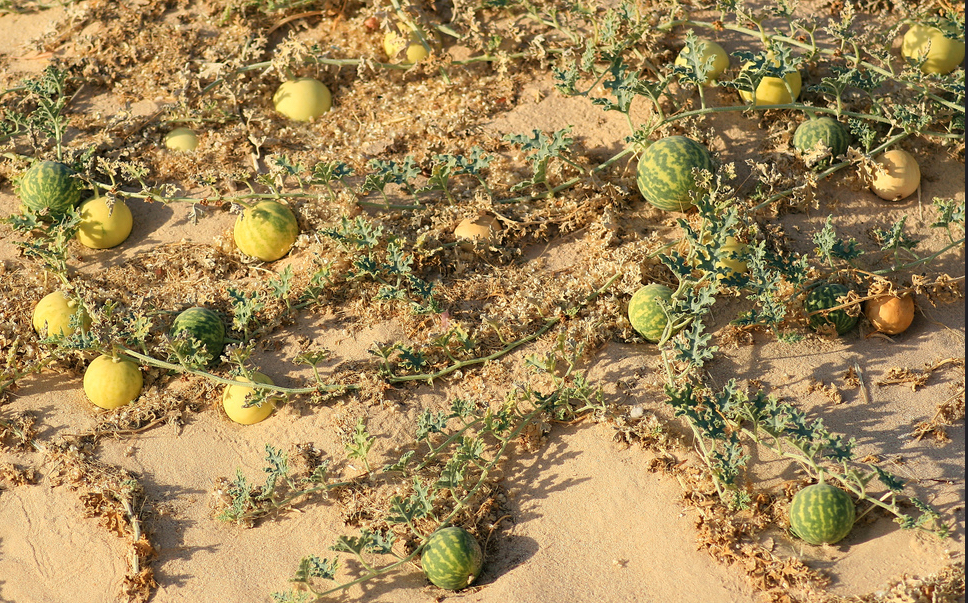
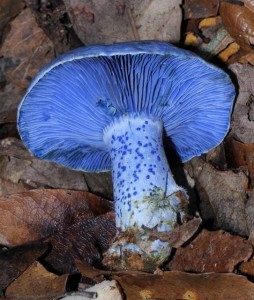
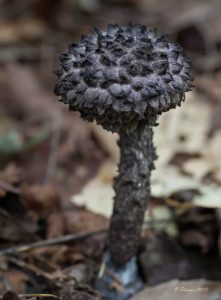
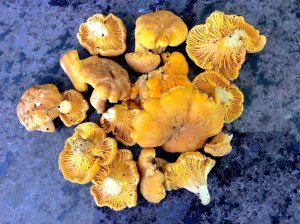
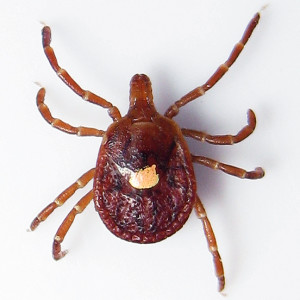




Once again,,,,A mind of Information . Thank You.
Dean, I sure hope you are not afflicted by the meat allergy from the lone star tick. I’ve seen advice such as: keep an epipen handy; keep poke root tincture (fresh root from 3-year plant cut up and tinctured in 100 proof vodka or grain alcohol for at least 6 weeks – or order it!) handy. And as to the other ticks and the fevers they carry, make sure to eat something with astragalus root in it every few days to fortify yourself against the nasties in future bites.
I wish I still had a copy of the publication the entymologists at the Uiv of Delaware shared with a friend, who made part of a field available for a research project. This publication reported that many species of ticks – not just the deer tick – could carry and transmit the organism that causes Lyme disease, at least in the laboratory.
Way back in the ’80s, someone close to me contracted Lyme disease from a common dog tick. In this instance, the classic ‘bullseye’ rash appeared, but the treatment was a bit too little too late, and in spite of subsequent treatment at one of the nation’s top hospitals, the effects have been ongoing, and at times debilitating, including massive arthritis from a young age, cycles of flu-like symptoms, and in more recent years, neurological effects.
Benefical nematodes are available which naturally help control tick populations, (and fleas, fire ants, termites, and many other insect pests).
Best regards-
well if red meat is off the menu, calamari is not such a horrible fate
As someone mentioned above, lone star and other ticks can transmit Lyme disease. I myself was infected with Lyme disease from a lone star tick in Northern Florida, my infection was not caught by the usual analyses but was caught my the methods developed by Dr.Clark himself. https://www.unf.edu/publicrelations/media_relations/press/2013/UNF_Professor_Discovers_Two_Lyme_Bacterial_Species_Can_Infect_Humans.aspx
Sulfur around the ankles is best for repelling ticks (and nasty, nasty chiggers).
I had a comment on Coprinus comatus ( Eattheweeds,issue 16 June 2015 with a sited in ref.). According to the ref. It is well edible. It was a very hot and humiid day when I encountered the fresh white mushroom. More than a month had passed during which I kept observing the exisitence of the species. During the first week some black streaks on top as well as a few scales began to show while the size was almost the same. Today I broke open the crumbling dry top and a dark chocolate extremely fine powder “poured”. The powder was not only insoluble in water but hates water as well – lyophobic. The almost dry stem was hollow from inside with its topmost part constituting of about seven small white segments having the shape of flower sepals. I left all this where I found my freind hoping in future to meet a new generation.
Sir, I’m sad to know about the story of Armadillos. At one time I thought they were extinct if not for the Geographical Magazine videos which occasionally refresh the memory. I’ve also seen on tv. some Saudi Arabia ns hunting these animals despite of that being illegal and against keeping a tight ecology.
Sir, instead of using a stick like what you are doing to avoid insects , I wave my hands in all directions as if playing gymnastics to repel and even destroy spiders’ webs while I’m enjoying my early morning tour across my garden . Mind you, I’ve got to be careful of the huge number of young frogs under my slippers.
I am actually a victim of the red meat lone star tick. I am unable to eat any dairy, redmeat or butter.
I actually became a vegan because of it. If it happens to you, facon and scam are not the worst things to happen to you. fake bacon=facon, simulated ham= scam. Get in touch with me if you develop this problem and I can give you a list of the fake meats that taste the closest (according to the hubby who has no problem but supports me anyway)
BEST OF LUCK!
Nine days since the bite… haven’t had any red meat. Thinking about bacon and eggs tomorrow morning. It would hit in the afternoon and the hospital is just a mile away…
Please keep Benedryl handy, if you’re not allergic to it. I was canoing the backwoods of Manitoba with my Boy Scouts when a father, who was allergic to bees, and whose luggage had gone to Seattle instead of Bisset got stung. I gave him all my benedryl- he took 8 and I sat up with him all night to make sure he could breathe. Even now, twenty years later, I have never asked him if his epi pens were packed in that lost luggage. BTW if you are allergic to Benedryl, like one of my friends- Tagamet is also an antihistamine as well as an H2 blocker and I’m sure could be substituted..
Thanks for the mushroom touch…I just saw a bolete…looked up bits about mushrooms to determine which species. Thanks for your blurb. I will be on the lookout !